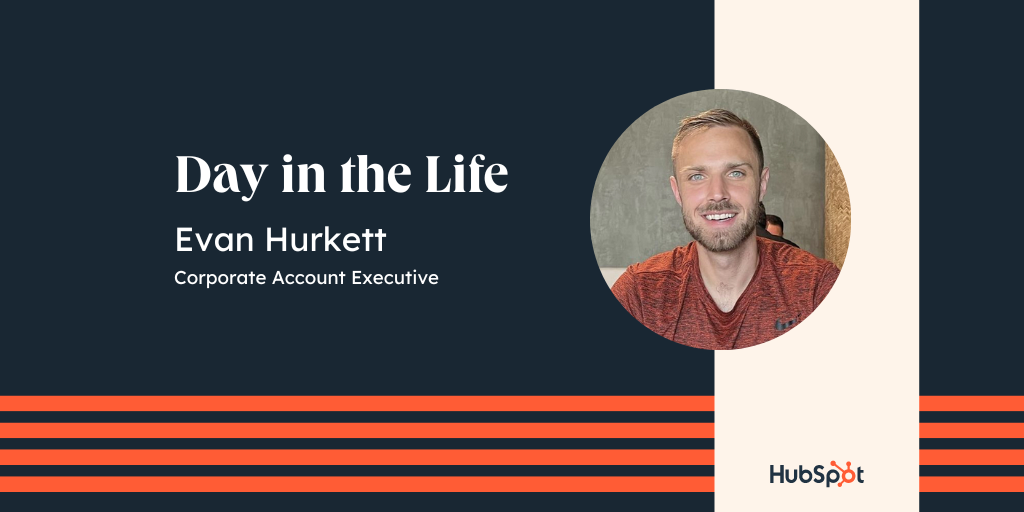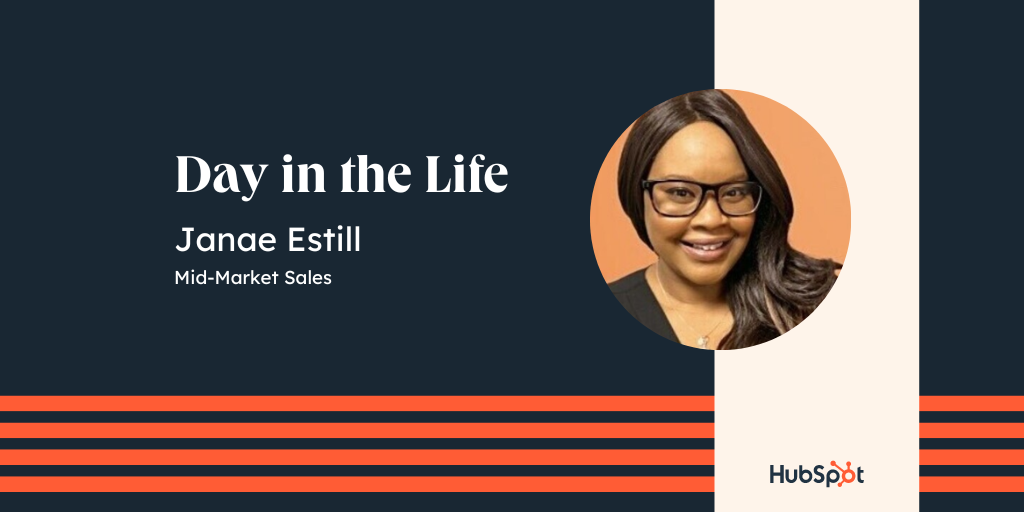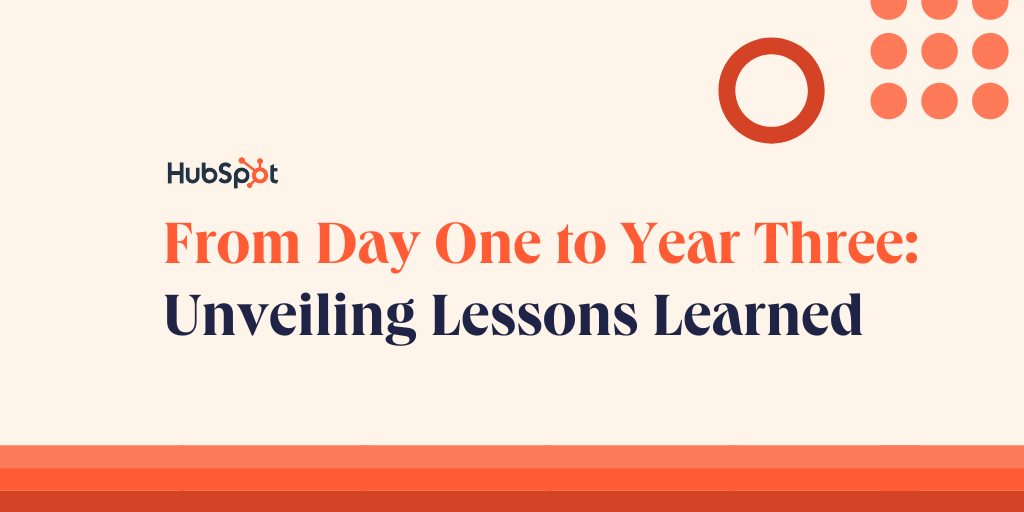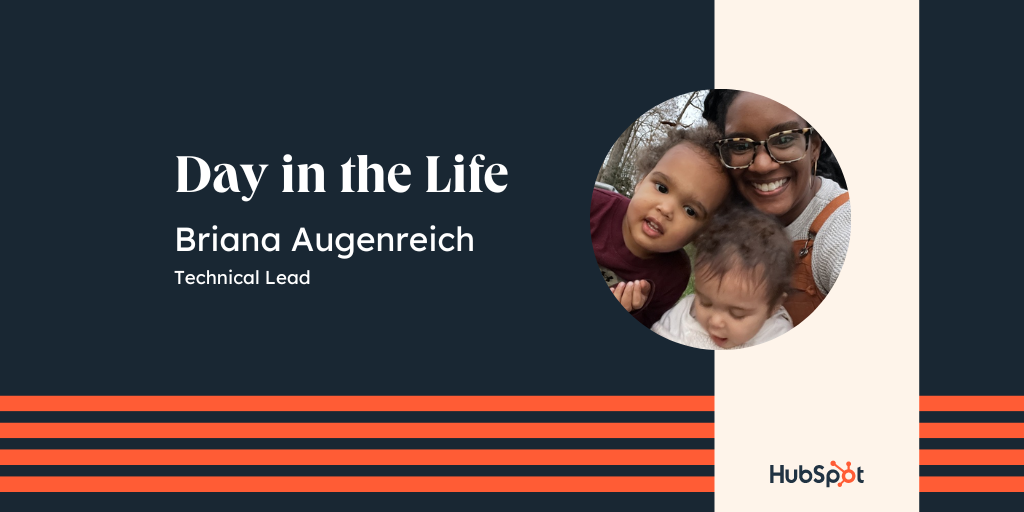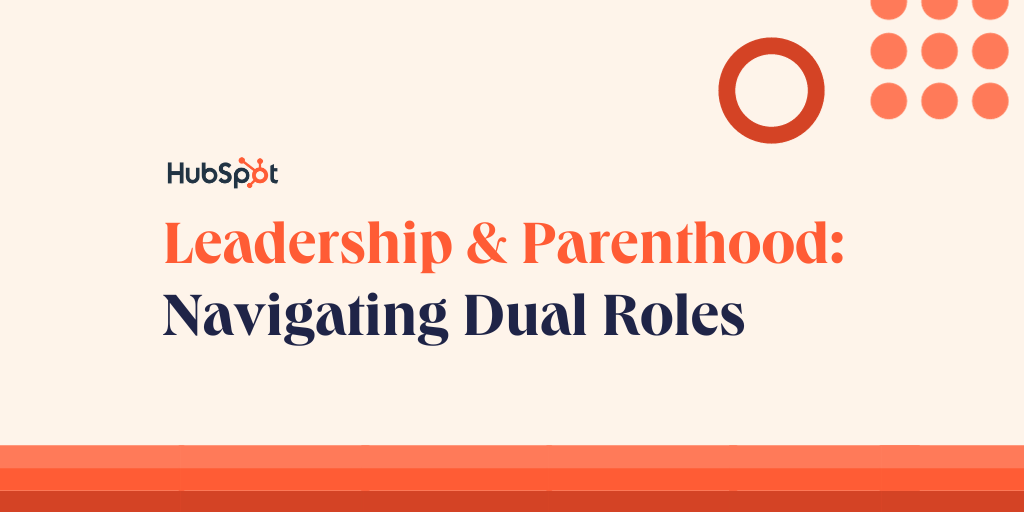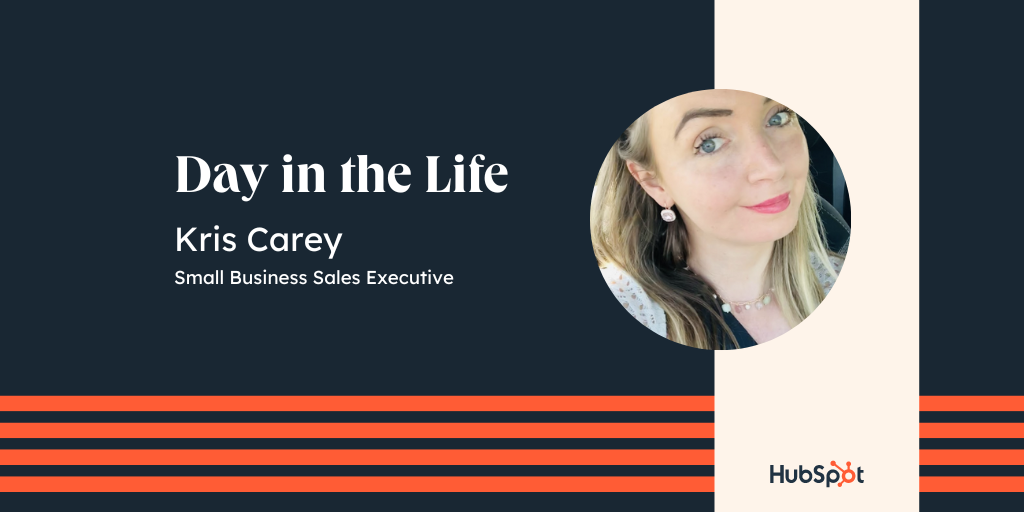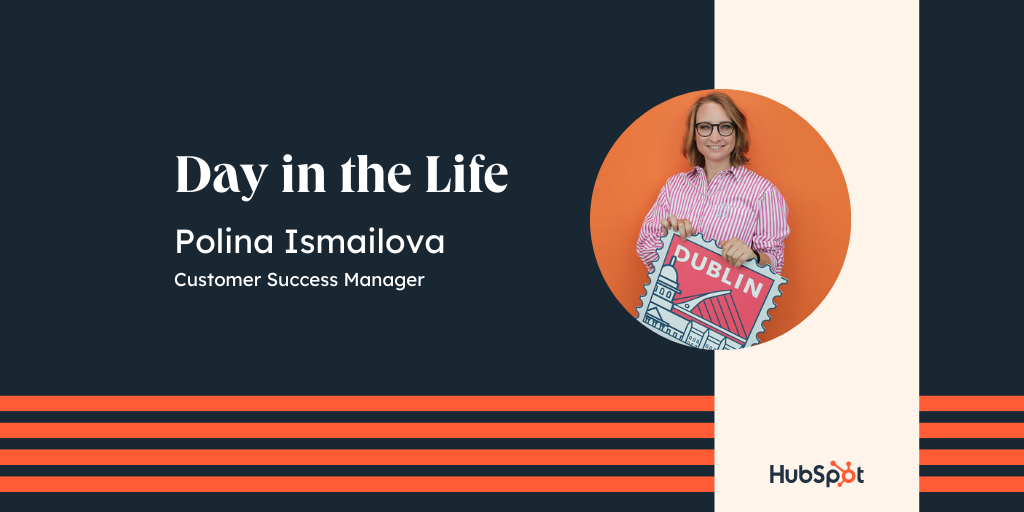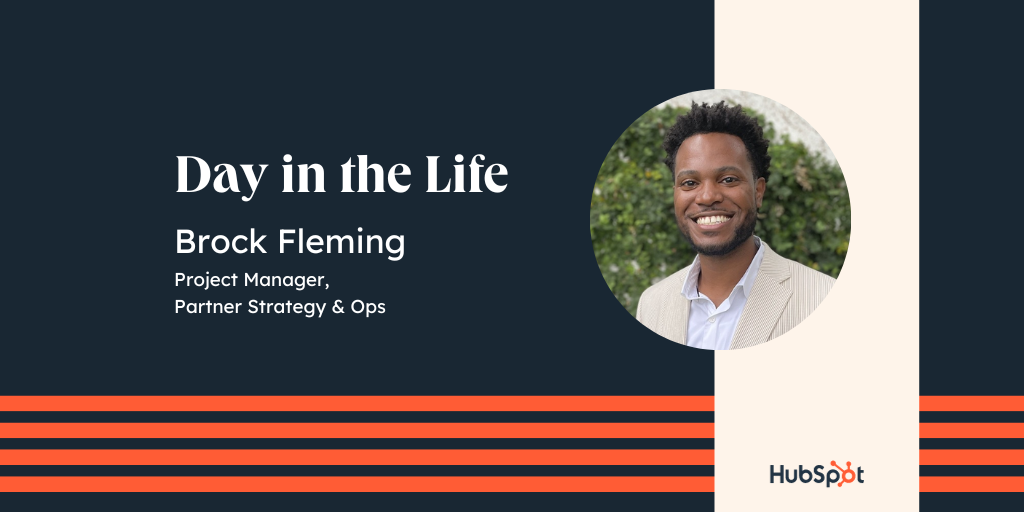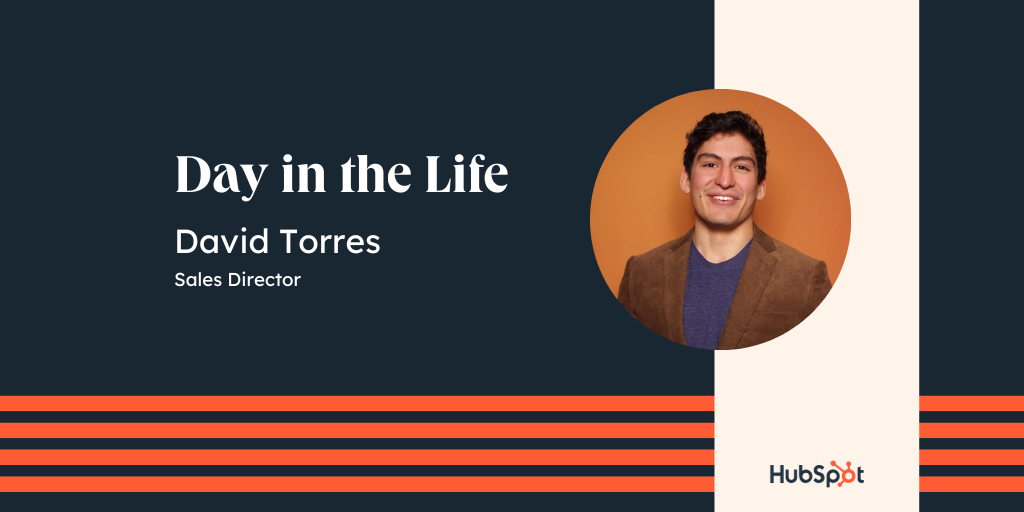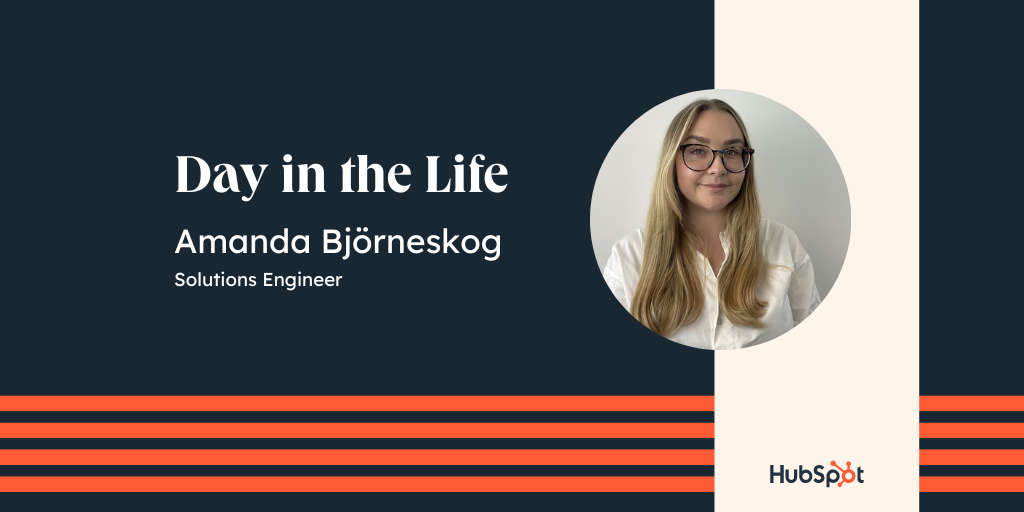Meet Jasmine Tudor, Senior Product Designer at HubSpot. Originally starting her career in Marketing, Jasmine found a love of product design, and then joined HubSpot through the Associate User Experience Rotational Program. Now a Senior Product Designer based in Washington, Jasmine is passionate about making products more human-centric and inclusive. Learn more about what Jasmine is up to now and what a day in her life looks like...
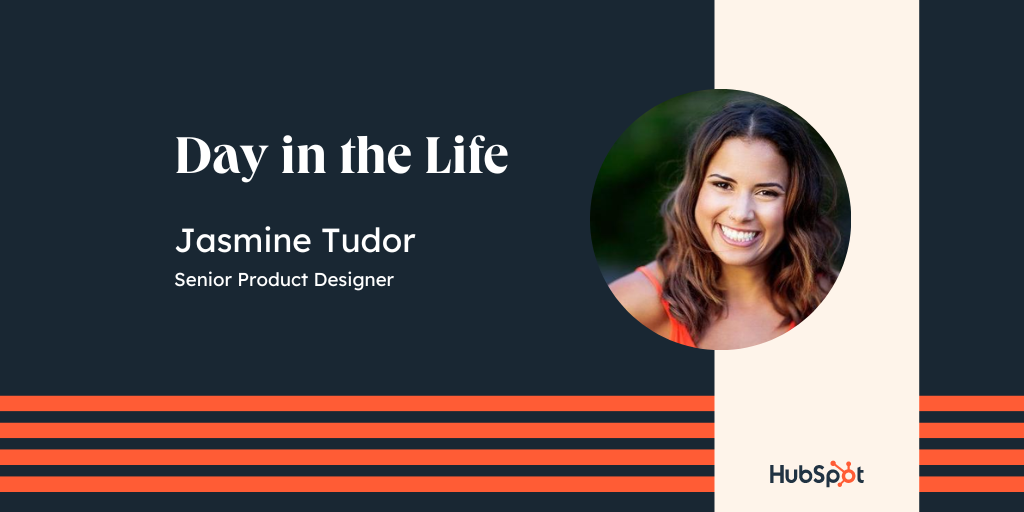
Can you tell us a little about your background and journey to HubSpot?
I have a Bachelor’s degree in Business Administration and Marketing. Starting my career as a social media marketing manager, I learned that marketing was not for me. I decided to go through a career change and moved to Dublin, Ireland. At Trinity College Dublin, I earned a Master of Science degree in Interactive Digital Media.
While I was earning my Master’s, I opened a design consulting company and spent five years developing and running it. My team and I focused on branding, marketing, and product design for technology companies.
Instead of my attention being split, I decided to focus on developing my product design skills. I joined HubSpot in 2020 via the Associate User Experience Rotational Program. Since then, I have designed Growth and CMS Hub products. I moved from an Associate to Mid-level to Senior Product Designer. I am currently a Product Designer on the Growth team working on our new payments feature.
Describe a typical day in your role.
I usually begin my day with meetings. These are to align with teammates and stakeholders on current projects my team is working on.
My afternoons are my creative time. Depending on what projects I am working on and the stage those projects are in, I could be carrying out any part of the design process. Most typically:
- Research: Writing research protocols, scripts, interviewing users, running empathy sessions and different tests
- Defining: Creating or facilitating workshops, documenting opportunities and problems we will be solving
- Designing: Creating documentation to track work, wireframes, mocks, and prototypes
- Analyzing: Analyzing post or pre-launch research to make iterative improvements on previous designs
How are you solving for the customer?
I just joined the Growth Payments team. We are bringing commerce into the HubSpot CRM enabling customers to accept payments through their website, quotes, emails, and chat.
In your own words, what makes working in tech at HubSpot unique?
Everyone I’ve worked with is incredibly empathetic, collaborative, and kind. People are always willing to adapt and help others. With this, I am not only allowed, but encouraged to put my life and needs first. Some may assume this would make us less productive but through this flexibility and adaptability, we also get to accomplish a lot for our customers. This makes HubSpot a remarkable place to work. I get to live my life on my terms while having the benefits of working at a tech company and helping HubSpot customers achieve their business goals.
Are there any industry trends or topics that are exciting to you right now?
I love learning about inclusive and anti-racist design. It's not as trendy but organizations like:
Are paving the way to make products more human-centric and inclusive to all.
Inclusive product design is a design approach that takes into account the needs and experiences of all people from a diverse range of backgrounds, abilities, and perspectives. The goal of inclusive product design is to break down barriers that can come with the traditional design process by creating accessible, usable, and useful products for all users. It ensures that everyone has equal access to the benefits and opportunities offered by design and technology.
Similar, but a bit different, is anti-racist product design. It aims to create products that counteract and challenge systems of racism and inequality. The goal of anti-racist product design is to ensure what we produce is not perpetuating harmful biases or perpetuating systemic inequalities.
How can we reimagine Black empowerment in the workplace?
That's a big question that you could write a whole thesis on. In some, but not all ways, we could reimagine Black empowerment in the workplace:
- Diversify the workforce: Hire Black employees; foster and retain and promote them to leadership. Make sure diversity isn’t only in specific departments, hire Black folx across all departments.
- Provide equal opportunities: Make sure Black employees have access to not only the same but equitable resources, opportunities and training as their non-Black colleagues. Equitable not equal being the key distinction.
- Address biases: Organizations can take proactive steps such as hiring third party D&IB auditors to analyze current systemic biases. This third party can advise new processes to address unconscious biases. This includes current hiring, working, training, and promotion systems.
- Create a safe and inclusive work environment: This includes creating policies and procedures that address racial discrimination and intersectional discrimination. To do this, you have to create opportunities for Black employees to share their experiences and perspectives in a psychologically safe way. Black employees should be directly involved in how you iterate on policies and procedures. They are the experts of their own lived experiences, not necessarily leadership.
- Invest in the development of Black employees: Provide mentorship, coaching and professional development programs building a pipeline of Black leaders within the organization. Offer programs that allow for training for career switches. Encourage employees to find positions that best fit their goals, wants and needs despite what they were hired for originally.
- Build strategic partnerships with Black-led organizations: This helps companies to better understand and engage with the Black community, and create mutually beneficial opportunities.
- Create inclusive and anti-racist products: put in place processes and procedures amongst our product teams that allow us to produce products that are equitable across all users.
What do you like to do outside of HubSpot in your free time?
- Playing and cuddling with my 3-year-old Maltipoo
- Traveling - last year I went to 8 different countries
- Reading fiction novels
- Illustrating portraits
-
Learn more about HubSpot’s culture on our careers website and follow HubSpot Life on Instagram as we continue to share employee highlights, internal celebrations, learnings, and more.
